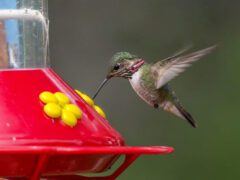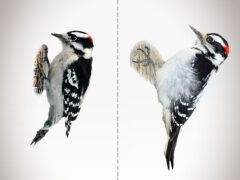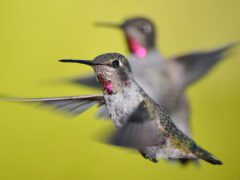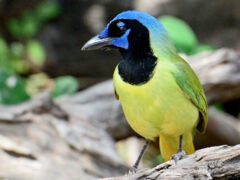A slender, delicately built seabird with a straight, thin, pointed bill, long, pointed wings, and a very long, forked tail that extends beyond the wingtips when the bird is at rest. Juveniles have shorter tails than adults.
Relative Size
Larger than a Least Tern, smaller than a Sandwich or Royal Tern. Similar in size to Common Tern but with a longer tail.

 between robin and crow
between robin and crowMeasurements- Both Sexes
- Length: 13.0-16.1 in (33-41 cm)
- Weight: 3.2-4.9 oz (90-140 g)
- Length: 13.0-16.1 in (33-41 cm)
- Weight: 3.2-4.9 oz (90-140 g)







































